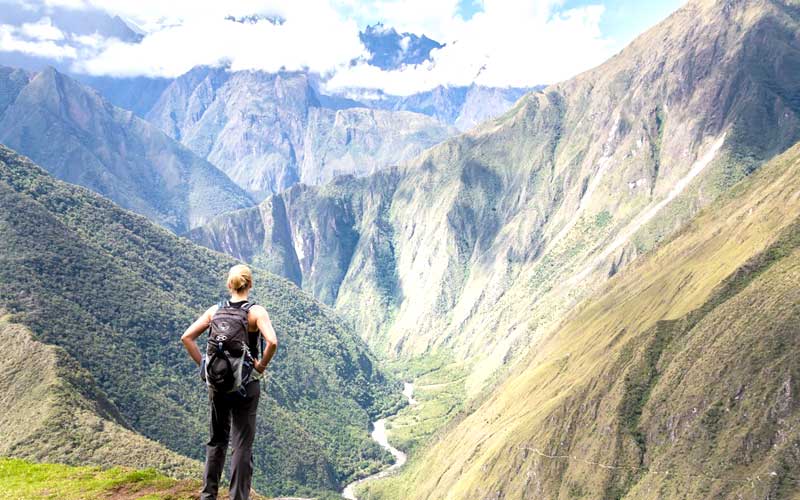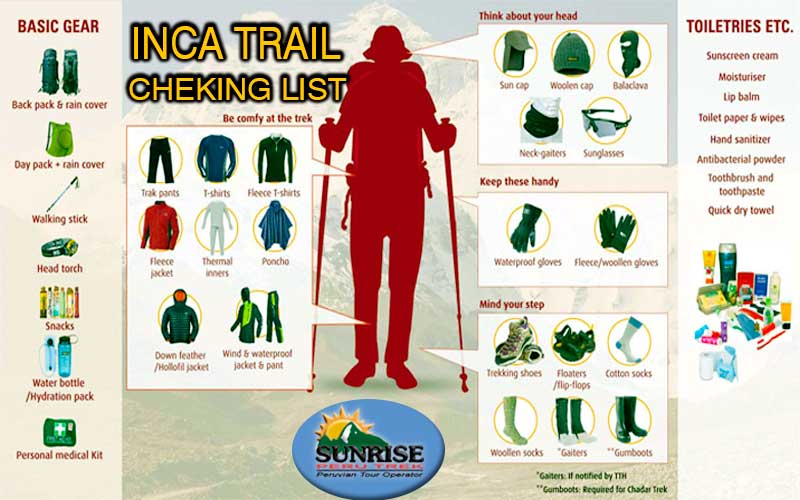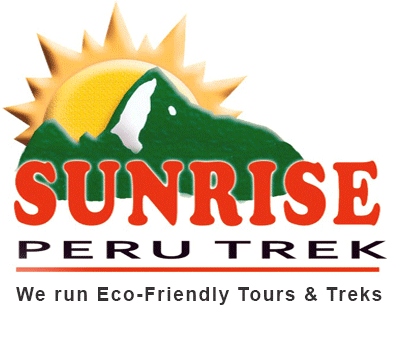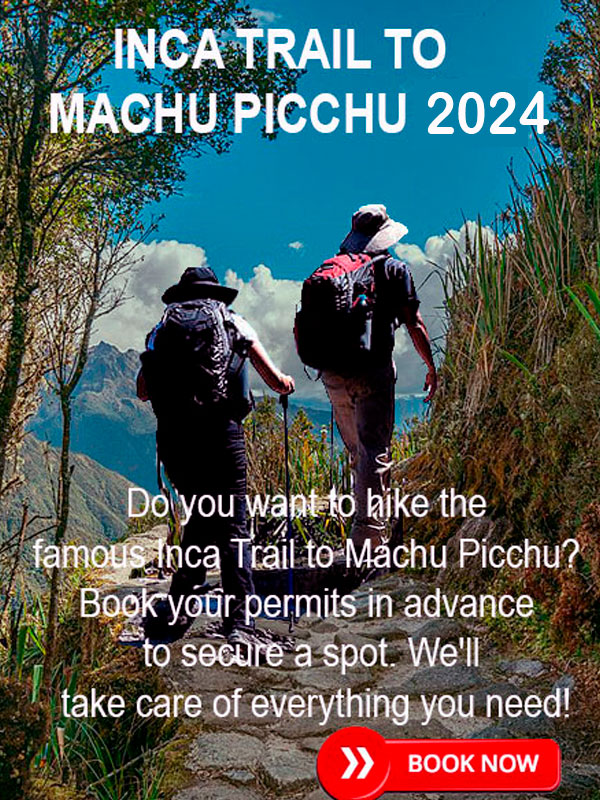How to pack for the Inca Trail
It is essential to carry correct clothing and equipment while trekking the Inca Trail to Machu Picchu. Correct clothing and carrying essential equipment are very important for a safe and enjoyable trek.
Sometimes packing too much or too little can spoil your trip. So you need to know how much is too much or too little. The number of items of clothing you should pack will depend on how long or at which time you will be trekking. For example, for the 4 or 5 days Inca Trail, you will need more clothes than Short Inca Trail, as it is a much longer trek.
Most of the Inca Trail Treks starts from the lower altitude in moderate temperature to higher altitude in cold temperature. Thus, it is better to do dress in layers so that you can change your clothing with the variation in temperatures.
Normally, you start your day trekking in light sweater or tracksuits. During sunny days, you may feel comfortable in T-shirts and shorts. Then, later on, you may have to put on a tracksuit, down jacket, warm pants, hats, and gloves as the temperature falls.
The following Inca Trail trekking packing list is a general guideline. You can use this list as a guide. The personal items are of your individual interest and choice.

The viewpoint of the Urubamba canyon – third day of the Inca Trail to Machu Picchu
Adjustments for this list can be done according to your need, interests, season and duration of your trip.
Sleeping
- Tent (necessary for treks with camping)
- Sleeping bag (–10° bag will suffice on most treks)
- Sleeping pad
Hiking
- Backpack (size depends on whether or not you have porters)
- Hiking boots* (break them in beforehand)
- Camp shoes (your reward after a long day)
- Wool socks (bring a few pairs of varying thickness)
- Light weight trekking pants
- Trekking shorts
- T-Shirts (lightweight wool is great)
- Underwear
*You will be hiking through a wide range of terrain from mud in warm weather to snow in cold weather. The trail will be rocky throughout. The safest bet for Inca Trail trekking footwear is full backpacking boots, which provide good support and protection from the elements. If there is a high pass on your trek, you may be walking on snow and the conditions will be cold. A good compromise is to bring backpacking boots and trail shoes—you can use the trail shoes for camp and interchange the two depending on the conditions and how you feel.
Cold Weather
- Long underwear/Wool thermals
- Sweater
- Fleece
- Waterproof jacket and pants
- Heavyweight pants for high elevations (also good for camp)
- Heavy down jacket
- Winter hat
- Winter gloves
Accessories
- Water purification (pump, tablets – bring from home)
- Water bottles (at least 2 liters total capacity)
- Baseball cap (the sun is strong at all elevations)
- Hiking poles (lessen the impact on your joints)
- Sunglasses (essential when you cross snow line)
- Head lamp with extra batteries
- Journal and pens
- Camera with extra batteries
- Daypack (for your rain jacket, snacks, camera, etc.)
Personal Supplies
- Sun screen
- Hand sanitizer
- Toiletries (toothbrush, toothpaste, deodorant, floss, etc.)
- Biodegradable bar soap
- Face/body wipes
- Biodegradable washing liquid
- Throat lozenges, lip balm
- Medications (Ibuprofen, others if necessary)
Extras
- Duct tape (fixes just about everything, at least temporarily. To avoid carrying an entire roll wrap the desired amount around a pencil)
- First aid kit (with moleskin for blisters)
- Passport

The Inca Trail to Machu Picchu cheking list
Inca Trail Trekking Notes
- The porters carry all the heavy camping gear but this is inaccessible during the day so please bring a small day-pack to carry your personal day gear in (i.e. water bottle, camera, sun block, insect repellent, light fleece and rain jacket).
- Due to Inca Trail rules limiting the numbers of porters and the weight they carry, we have to limit your heavy gear to 6 kg (13 lbs). This is usually more than adequate. Kit bags are supplied for these porter carried items.
- Any excess gear may be stored in Cusco at your hotel while you are on the Inca Trail.
- Inca Trail regulations stipulate trekking poles are only allowed with plastic protecting covers. This is to prevent trail damage. ‘Native’ tree walking sticks are also banned on the trail. This is to prevent de-forestation.



